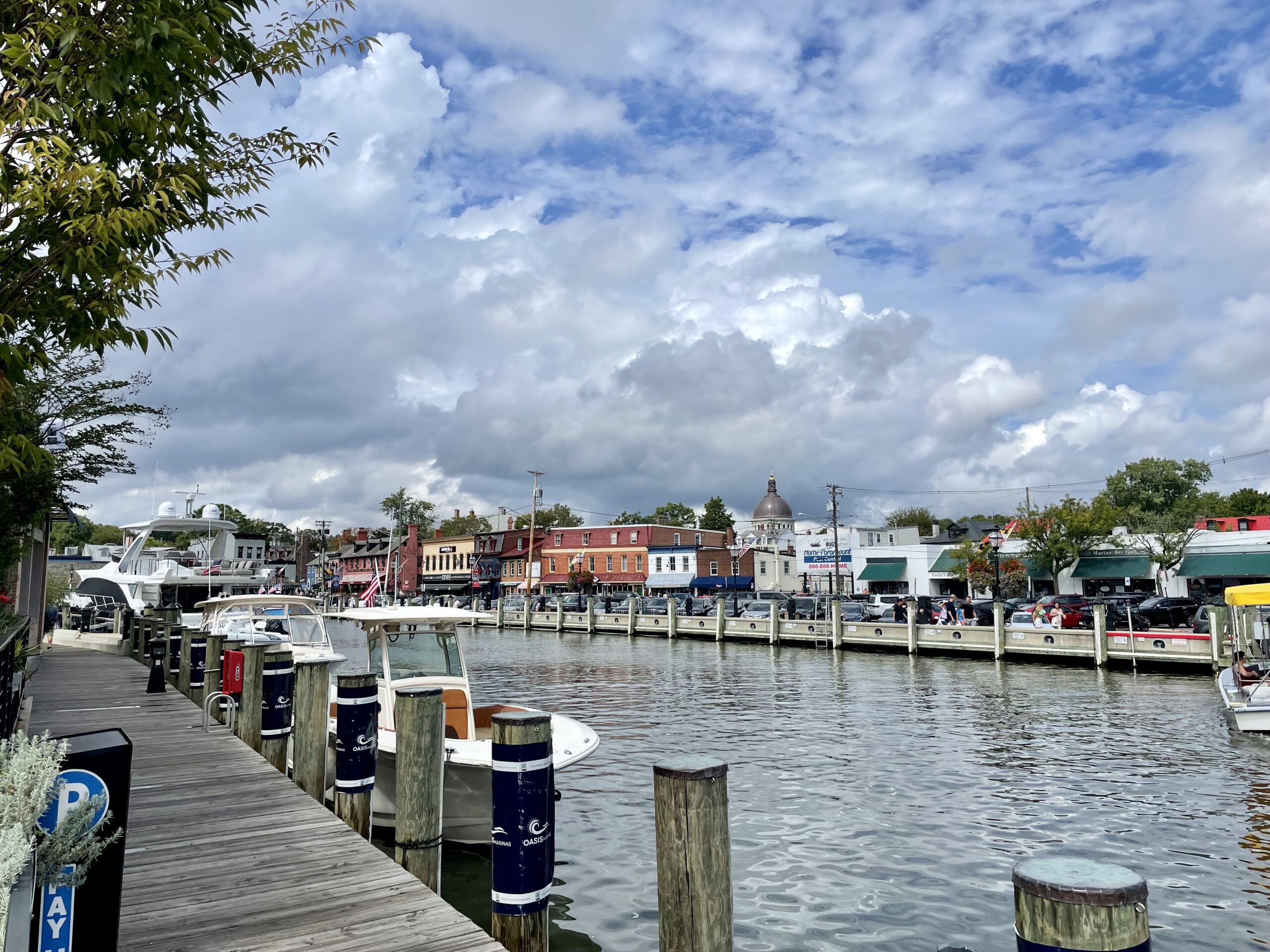Author’s Note: “It can be nice to travel, or just to think about being somewhere else. But some days where we already live approaches perfection. It was a September day after a period of oppressive weather that spurred “A Letter from Here,” a poem that celebrates what is instead of what might be.“
A Letter from Here
The weather cleared today, although
it wasn’t expected, and now the sky
is a soft blue, a light breeze
rocking the locust leaves, and it is
comfortably warm, not oppressively hot
as before. Days like this
it seems there is no better place to be
than here. Imagine, if I were elsewhere
I would not experience this, if
I were elsewhere, it might be raining,
or too hot or too humid, or both. If I were
elsewhere I could not write a letter from here.
⧫
Matthew J. Spireng won the 2019 Sinclair Poetry Prize for his book Good Work (Evening Street Press). An 11-time Pushcart Prize nominee, he is the author of two other full-length poetry books, What Focus Is and Out of Body (winner of the 2004 Bluestem Poetry Award,) and five chapbooks. His poems have also appeared in Prairie Schooner, North American Review, Southern Poetry Review, Rattle, Tar River Poetry, Louisiana Journal, and Poet Lore. Spireng lives in New York. Website: matthewjspireng.com
Delmarva Review publishes compelling new poetry, short stories, and nonfiction prose selected from thousands of submissions annually. Publishing from St. Michaels, Maryland, the literary journal has featured the new writing of more than 500 authors worldwide during its 15-year history. Almost half are from the Chesapeake and Delmarva region. The journal is available in paperback and digital editions from Amazon.com and other booksellers. Support comes from tax-deductible contributions and a grant from Talbot Arts with funds from the Maryland State Arts Council. Website: www.DelmarvaReview.org



